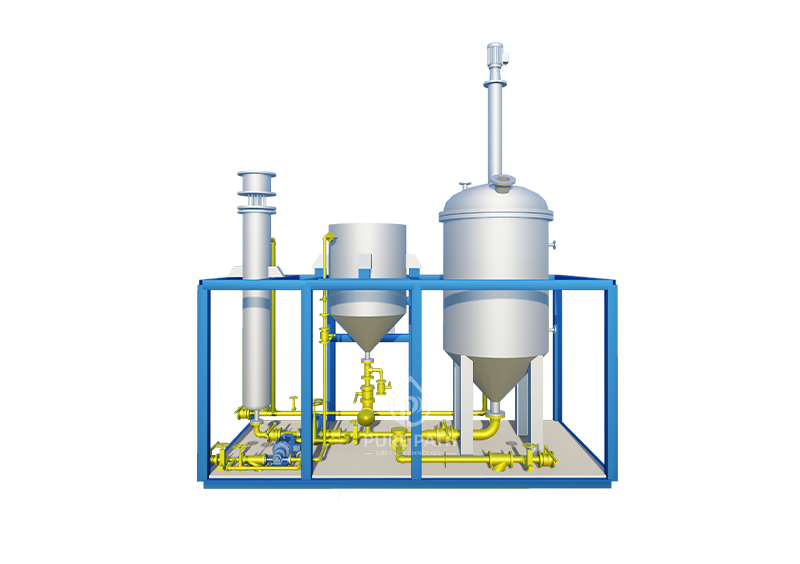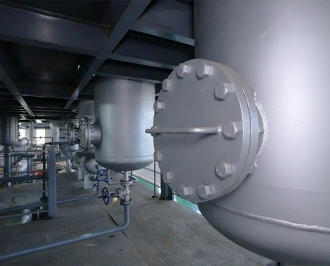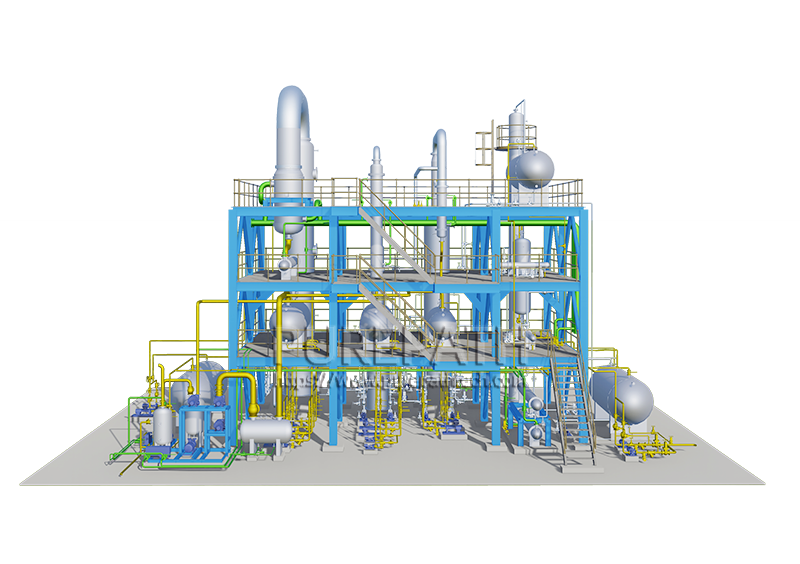Four Questions about Lube Oil Blending Process
Lubricant blending plants are industrial facilities dedicated to mixing base oils and additives to produce a variety of lubricant products. These plants use a range of sophisticated equipment, including storage tanks, mixers, heating and cooling systems, filtration equipment, and quality control instrumentation to ensure that the final product meets the requirements of specific applications. The lubricant blending process involves steps such as preparing, mixing, heating, cooling, and filtering raw materials to ultimately produce a lubricant product that meets specifications.
Today we will talk about commonly asked 4questions about lube oil blending process.
What are the Types of Equipment Used in Lube Oil Blending Process?
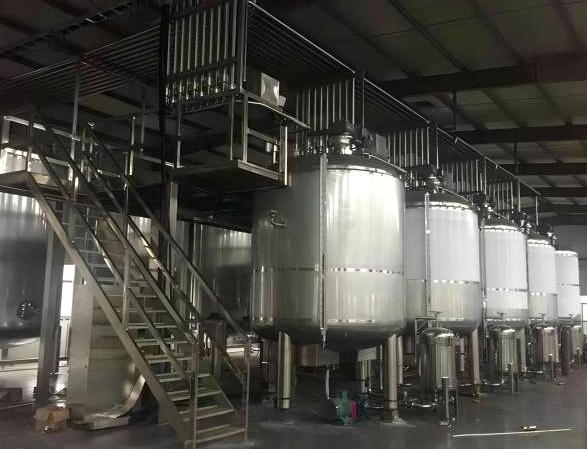
- Mechanical Agitation Equipment: Mechanical agitation is a common method used in lubricant blending, where the rotation of agitators ensures thorough mixing of base oils and additives. Mechanical agitation equipment can be categorized into side-entry agitators and vertical agitators. Side-entry agitators are further divided into fixed-angle and variable-angle types, while vertical agitators include vertical central, eccentric, inclined, and bottom agitators.
- Static Mixers: Static mixers are mixing devices without moving parts that mix fluids through special structures within a pipe. They are simple and compact, with no transmission parts, short material residence time, high mixing efficiency, low energy consumption, and easy installation, maintenance, and cleaning.
- Pneumatic Pulse Mixing Equipment: Pneumatic pulse mixing technology is an efficient lubricant blending technique that uses control devices and gas collection plates installed in blending tanks to generate powerful large bubbles, ensuring uniform mixing of various components in a short time.
- Mixing Drum and Agitation Mechanisms: The mixing drum is equipped with agitation mechanisms, such as stirring shafts and rods, and possibly auxiliary mechanisms like oscillating plates. These devices effectively mix lubricant raw materials.
- Automated Blending Kettles: Automated blending kettles enable automatic feeding, mixing, and agitation of base oils and additives, improving production efficiency and product quality stability.
The choice and use of equipment depend on the specific requirements of lubricant production, including the types of oils to be mixed, production scale, quality control standards, energy efficiency, and environmental protection requirements.
What are Two Types of Mechanical Equipment Used in Lube Oil Blending?
In the process of lube oil blending, mechanical agitation equipment typically falls into two main categories: side-entry agitators and vertical agitators.
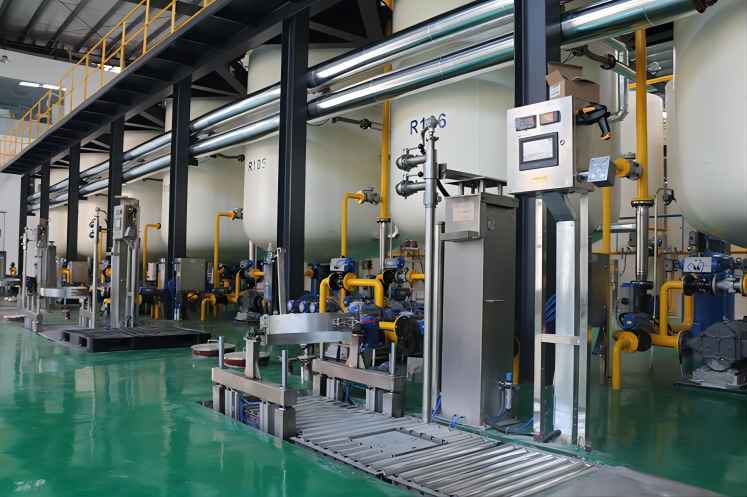
Side-Entry Agitators
Side-entry agitators are common mixing devices and can be further divided into fixed-angle and variable-angle types.
- Fixed-angle side-entry agitators have propeller blades whose axial flow direction is offset from the centerline of the tank bottom. This design creates both vertical and horizontal flows, effectively mixing a wide range of liquids and improving uniformity. They are suitable for smaller scale or specific location mixing tasks.
- Variable-angle side-entry agitators are mainly used in large storage tanks to prevent sediment accumulation. By adjusting the insertion angle, these agitators perform continuous sweeping agitation, increasing irregular fluid flow and preventing sludge buildup at the bottom and around the agitator. They are ideal for large-scale mixing tasks, especially when frequent adjustments to the mixing method are required.
Vertical Agitators
Vertical agitators are installed on the centerline of vertical equipment tanks and are generally driven by belt or gear drives. Based on their design and installation, vertical agitators can be categorized into the following types:
- Vertical central agitators are installed at the center of the equipment, suitable for small-batch blending tanks. This design ensures uniform mixing, particularly effective for handling high-viscosity fluids.
- Eccentric agitators are installed off-center within the tank, preventing the formation of cylindrical rotational zones near the agitator and producing an effect similar to using baffles. They are suitable for medium-scale mixing tasks, offering higher mixing efficiency.
- Inclined agitators are installed at an angle, allowing the agitator to cover a larger area of the liquid. They are suitable for applications requiring special mixing patterns.
- Bottom agitators are installed at the bottom of the equipment and achieve mixing by pushing the liquid upwards, suitable for scenarios requiring high shear forces and strong mixing effects.
The application of these two categories of equipment in lubricant blending ensures that different components of base oils and additives are thoroughly and evenly mixed, producing stable-quality lubricant products. By selecting appropriate agitation equipment, lubricant manufacturers can meet varying production scales and mixing requirements, enhancing production efficiency and product quality.
How Does a Lube Oil Blending Plant Ensure Product Quality?
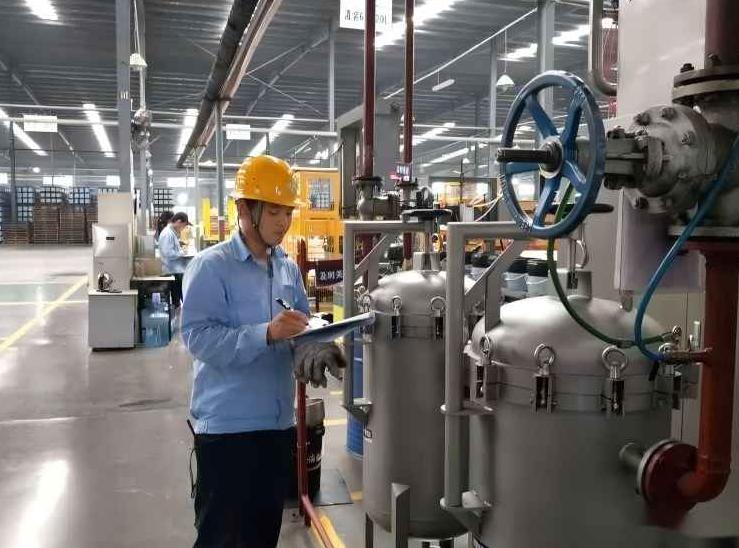
The key to ensuring product quality in lubricant blending plants lies in establishing a stringent quality control system, which includes the following aspects:
- Establishing Strict Supply Chain Partnerships: Develop close cooperation with raw material suppliers to ensure they provide high-quality raw materials. Establish supply chain transparency and communication channels to jointly address potential issues and challenges.
- Using High-Quality Raw Materials: Selecting high-quality raw materials is crucial for the quality of blended oils. By collaborating with suppliers, choose certified raw materials to ensure they meet quality standards and requirements.
- Implementing Rigorous Quality Testing and Control: Establish strict quality testing and control procedures to ensure each batch of blended oil meets the specified quality standards. Use advanced testing equipment and techniques to monitor key indicators such as density, viscosity, and flash point.
- Optimizing Production Processes and Equipment: Optimize production processes and equipment to ensure every step in the production process meets quality requirements. Regularly maintain and service equipment to ensure proper operation and accuracy.
- Training and Enhancing Employee Skills: Train and enhance employees’ skills and knowledge to equip them with the professional capabilities needed for quality control. Establish training plans and courses to ensure employees understand quality standards and procedures and can execute them correctly.
- Continuous Improvement and Innovation: Actively monitor industry trends and market demands, continuously improving and innovating products. Collaborate with research institutions and introduce advanced technologies to develop high-performance lubricants for various application scenarios.
By implementing these measures, lubricant blending plants can ensure product stability and precision, meet customer needs and expectations, enhance brand reputation, and maintain competitiveness in the market.
What Environmental and Energy Saving Measures Purepath Lube Oil Blending Plants Taken?
Purepath Lube oil blending plants have adopted a series of environmental protection and energy-saving measures during the production process to reduce environmental impact and improve energy efficiency. These measures include:
- Optimize energy consumption: By using energy-efficient equipment and processes, Purepath lube oil blending plants can reduce the environmental footprint of their overall operations. For example, the use of advanced automation technology and equipment can improve production efficiency while reducing energy consumption.
- Reduce emissions: Reduce emissions of greenhouse gases and other pollutants by improving production processes and waste management systems. For example, by recycling and reusing waste materials, the need for new raw materials can be reduced while reducing emissions from waste treatment processes.
- Improve energy efficiency: Investing in energy-saving projects and technologies, such as improving insulation performance, using energy-efficient lighting, and optimizing energy use in production processes, can significantly reduce energy consumption, thereby reducing operating costs and environmental impact.
- Recycling and waste management: Purepath Lube oil blending plants may implement recycling programs to convert by-products and residues from the production process into useful resources and reduce waste generation. In addition, effective waste management strategies ensure that waste is properly disposed of and that negative impacts on the environment are reduced.
Through these measures, Purepath lube oil blending plants can not only reduce operating costs but also demonstrate their commitment to environmental responsibility and comply with current requirements for sustainable production and green industrial practices.
For more information about Purepath, please visit our website: www.purepathtech.com.


